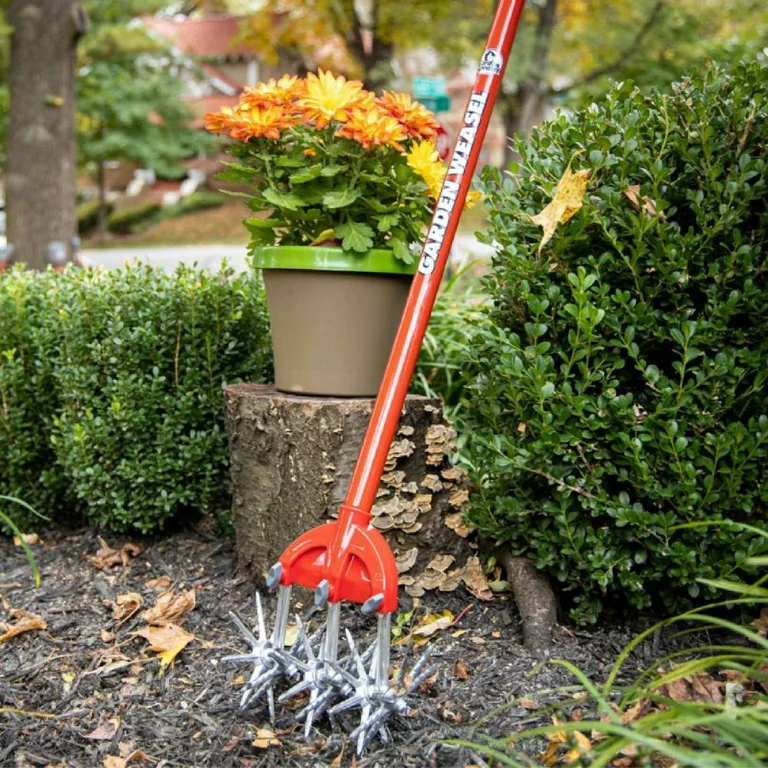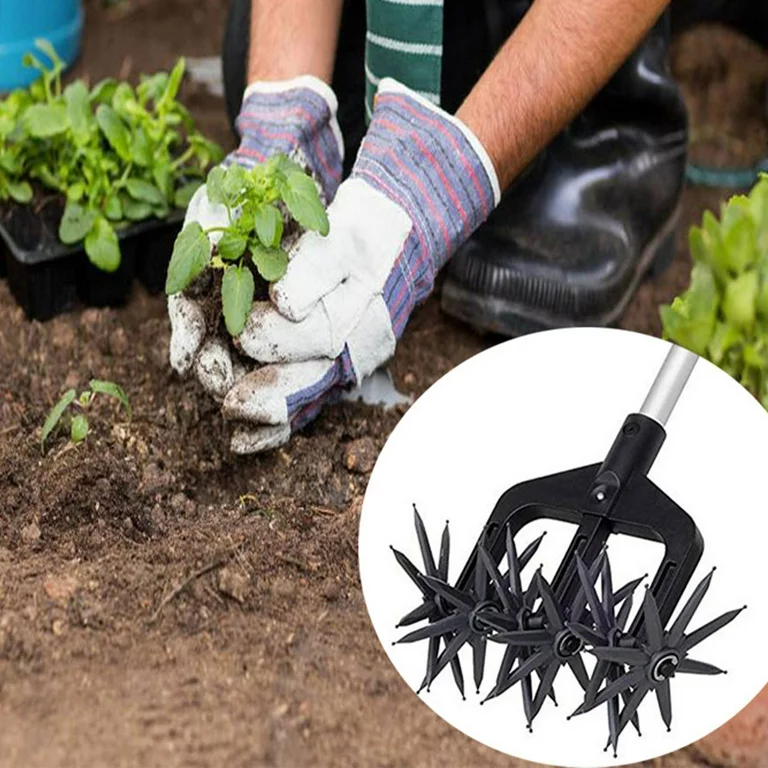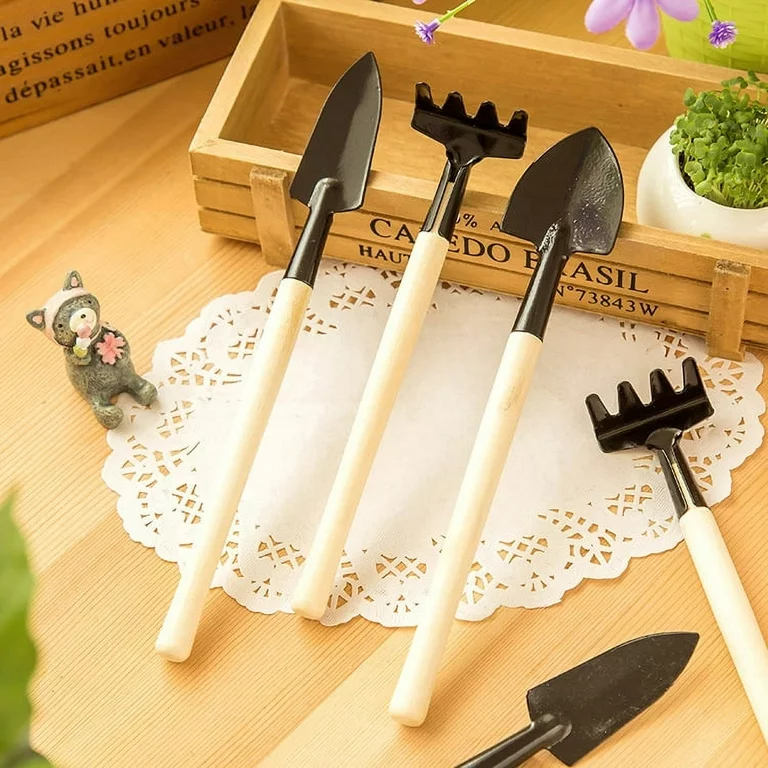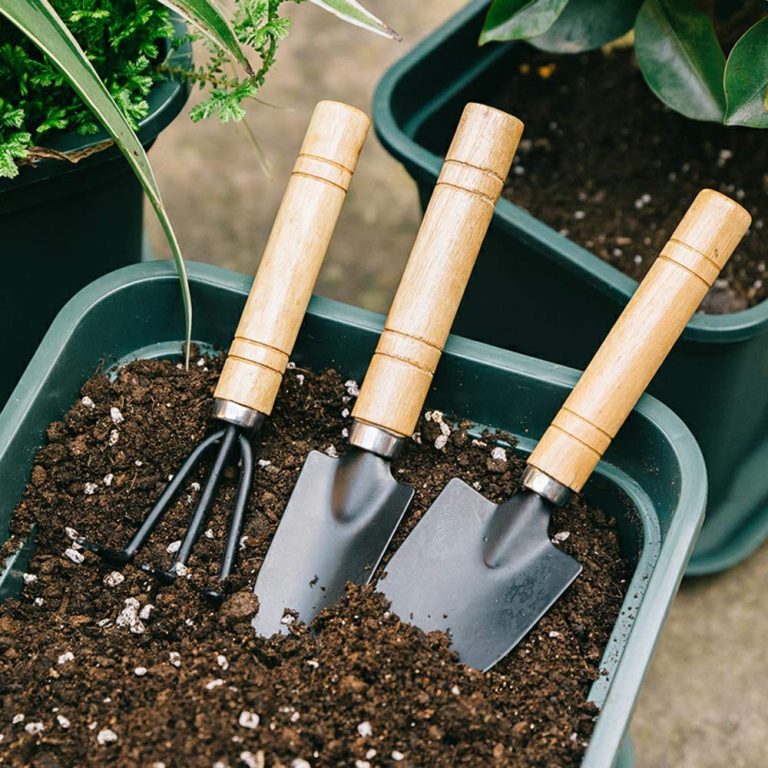
Garden Cultivator Tool
What Is A Cultivator Tool Used For
What is a cultivator tool? Cultivator tool use proves an indispensable tool for any gardener or homeowner in 2024. This multi-purpose implement tackles a wide range of essential tasks. It aerates soil, uproots weeds, mixes in amendments, and prepares plant beds. With the right cultivator on hand, gardening chores become easier and more efficient.Explore the efficiency of a garden cultivator tool for efficient soil cultivation and preparation, essential for gardening enthusiasts.
Cultivators come in many styles to suit different needs. Hand tools provide precision in tight spaces while long-handled options increase leverage. Motorized cultivators make quick work of large areas. Explore the diverse array to find the perfect cultivator match.
The Classic Hand Cultivator
For gardens, planters, and raised beds, a trusty hand cultivator delivers targeted control. These small-scale tools feature a short handle attached to sturdy tines. The tines effortlessly loosen and aerate compacted soil while severing weed roots.
Most designs have a curved shrub to pull toward the body. This motion uproots shallow weeds and blends in soil amendments or fertilizers. Gardeners save time by avoiding excessive raking and mixing by hand.
Hand cultivators come in a range of tine styles and counts. More tines increase cultivating surface area for faster work but require more effort. Curved tine shapes cut through compacted soil efficiently.
These compact, lightweight tools suit a variety of tasks beyond just cultivating. Use them to crevice out unwanted growth along paths, around ornamentals, or in garden boundaries. They also assist with planting by creating furrows for seeds and bulbs.
The Long-Handle Cultivator
Long-handled cultivators offer the same benefit as hand tools but with greater leverage and efficiency. These upright designs feature extended shafts and diamond, triangle, or curved tines on the end. Many boast ergonomic grips for easier operation.
The extra reach eliminates excessive bending or stooping during use. Simply push/pull the cultivator through garden rows while standing upright. This prevents lower back strain and knee aches during prolonged sessions. Specialized D-grip handles provide even more control and comfort.
Long-handled cultivators quickly prepare seedbeds or planting rows. Their tines effortlessly break up and aerate soil texture for optimal planting conditions. Churned and fluffy soil accepts water, nutrients, and oxygen more readily.
For large vegetable patches or cutting through extensive areas of weeds, consider investing in wider cultivator models. Increased tine counts create broader swaths of tilling. Adjustable tine depths and pitches yield precision cultivation without damaging plant root zones too.
The Wheeled Cultivator
For gardens too expansive for long-handled tools, wheeled cultivators offer mechanized efficiency. These larger implements pivot on rolling wheels to glide over areas with minimal disruption. A rotating tine assembly does the cultivating with ease.
Straightforward single-tine models spin at high speeds to chew through the toughest soil. More intricate tine arrangements incorporate curved duck-foot or plow-style configurations. These aggressively lift and aerate the top layer while stirring underneath.
Most use gas or electric power to spin the tines, though some rely on manual push strength. Adjustable tine depth and side shields customize soil disruption and protect plant rows. The wheels roll smoothly over hard surfaces without excessive ripping or torque.
Wheeled cultivators make quick work of extensive garden plots while prepping new planting areas. They reintroduce vital oxygen to root zones too. Expert gardeners utilize them to mix in amendments while simultaneously severing stubborn weeds.

The Cultivator Attachment
For yards blessed with cultivating assistance from outdoor power equipment, consider investing in a cultivator attachment. These specialized tines fit most existing mowers, tractors, and tillers for seamless integration.
Cultivator attachments till and loosen using supplemental spinning tine assemblies or sweeping arms. Ground-engaging tines disrupt soil surfaces while spinning horizontally. Simple curved shovels roll through ground aggressively too. They flip the top layer to introduce fresh oxygen and disrupt weed networks.
These handy attachments typically swap out as easily as other power equipment accessories. Simply remove the mowing deck and lock the cultivator into place. For tractor or tiller models, hooks or bolts secure the cultivator arm in position.
Outfit any existing riding mower, zero-turn, lawn tractor or garden tiller with cultivating abilities to maximize versatility. These modular attachments suit everything from small vegetable patches to extensive land cultivation projects.
Push, Pull or Spin for Success
While each cultivator styles operates uniquely, proper technique ensures the most efficient performance for any garden task at hand.
For maximum weed removal, push or pull hand and long-handled cultivators while dragging the tines backward through soil. This dislodges root systems most effectively. Pulling prevents reburial in freshly cultivated trenches.
When preparing planting beds or incorporating soil amendments, cultivate in overlapping rows using firm steady strokes. Push the tines down on one pass, then pull backward on the next adjacent one. This two-pronged motion thoroughly integrates fertilizers.
With wheeled cultivators, slow steady speed streamlines aeration and tine penetration. Hold the handlebars steady to avoid skipping or hopping. Guide the entire width of tines by walking the cultivator in parallel, uniformly overlapping lanes.
Routine cultivation remains key for weed control and maintaining loose, healthy soils. Cultivate beds every 1-2 weeks while plants establish, then monthly for maintenance afterward. Disturbing the top inch unlocks air exposure while severing emerging weed stems.
How to use a cultivator tool
- Prepare the Area: Clear the area of large rocks, weeds, and debris that could interfere with the cultivator’s operation.
- Adjust the Cultivator: Depending on the type of cultivator (handheld, gas-powered, or tractor-mounted), adjust the tines or blades to the desired depth. This is usually done using height adjustment knobs or levers.
- Start Cultivating: Begin at one end of the area you want to cultivate. Insert the cultivator’s tines or blades into the soil and start the machine or begin pushing/pulling if it’s a manual cultivator.
- Work in Rows: Move the cultivator in straight rows, overlapping slightly with each pass to ensure thorough coverage. For larger areas, work systematically in sections to avoid missing spots.
- Monitor Depth: Adjust the depth of the cultivator as needed. Shallow cultivation is ideal for breaking up the soil and mixing in compost or fertilizer. Deeper cultivation may be required for initial soil preparation or breaking up compacted soil.
- Avoid Obstacles: Be mindful of obstacles like roots, rocks, or irrigation lines that could damage the cultivator. Remove or work around these carefully.
- Finish the Area: Once you’ve cultivated the entire area, consider raking the soil to level it and remove any remaining debris.
- Maintenance: Clean the cultivator after each use to prevent soil and debris buildup, which can affect its performance. Follow manufacturer instructions for any specific maintenance tasks.

The Right Tool Does the Job
No single cultivator tool tackles every scenario flawlessly. But the right combination streamlines garden chores while minimizing tedious labor.
Rely on compact hand cultivators for tight spaces and planters. Long-handled versions access raised beds and expansive in-ground plots without backbreaking strain. Wheeled cultivators efficiently cover acres while attachments transform existing equipment.
With cultivators in the arsenal, gardening evolves from pure toil into an easier, more productive passion. These versatile tools set gardens up with the ideal environment to thrive.
In conclusion, the garden cultivator tool is an indispensable instrument for preparing and maintaining healthy, fertile soil. Whether it’s a hand cultivator, a long-handled tool, or a motorized cultivator, these tools offer efficiency and versatility for various gardening needs.
Utilizing a garden cultivator facilitates soil preparation, promotes root development, and contributes to the overall success of gardening endeavors, making it an essential tool for cultivating vibrant and productive gardens.


